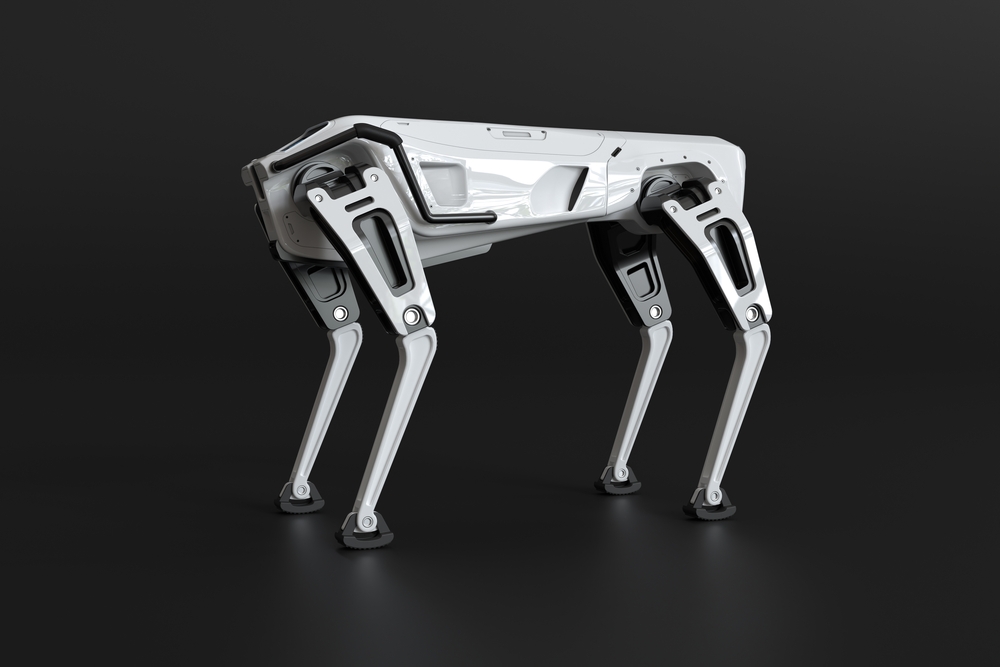The CyberDog, equipped with a sophisticated AI model, has demonstrated a remarkable ability to locate RIFA nests with impressive accuracy. Field tests show that this robotic system identifies three times more nests than human inspectors, providing a substantial improvement in pest management. Eduardo Fox, a postdoctoral researcher at the State University of Goiás, highlighted the advantages of this technology: “Fire ant nests are challenging to find and confirm. A robot can automate this process, operating efficiently in various conditions without needing specialized training.”
Combating a Global Menace
RIFA, introduced to the U.S. in the 1930s, has spread across the globe, wreaking havoc on ecosystems and agriculture. These ants not only displace native species but also damage crops and contribute to significant economic losses. Traditional pest control methods, which often involve harmful pesticides, pose risks to local ecosystems. The new CyberDog system offers a targeted approach that aims to minimize collateral damage to native species.
How It Works
The CyberDog uses machine learning trained on over 1,100 RIFA nest images, achieving a detection precision rate exceeding 90%. During field tests, the robot presses the nest with its paw, provoking the ants to emerge, which helps differentiate active mounds from abandoned ones. This method ensures accurate detection and reduces false positives.
Future Prospects and Challenges
Despite its success, the technology faces challenges, including limited battery life and high costs. Zheng Yan from Lanzhou University noted that while the current system is expensive, future advancements could lower production costs and enhance efficiency. The researchers are optimistic that the CyberDog will not only improve pest control but also raise public awareness about the dangers of invasive fire ants.
For more details, check out the full article on Techxplore.


